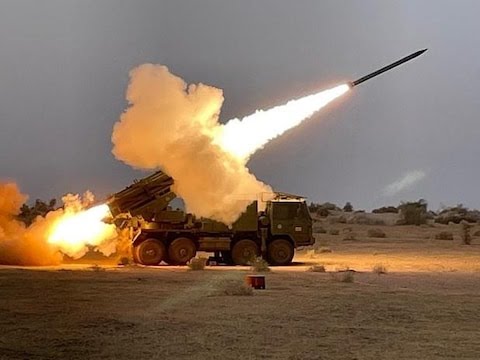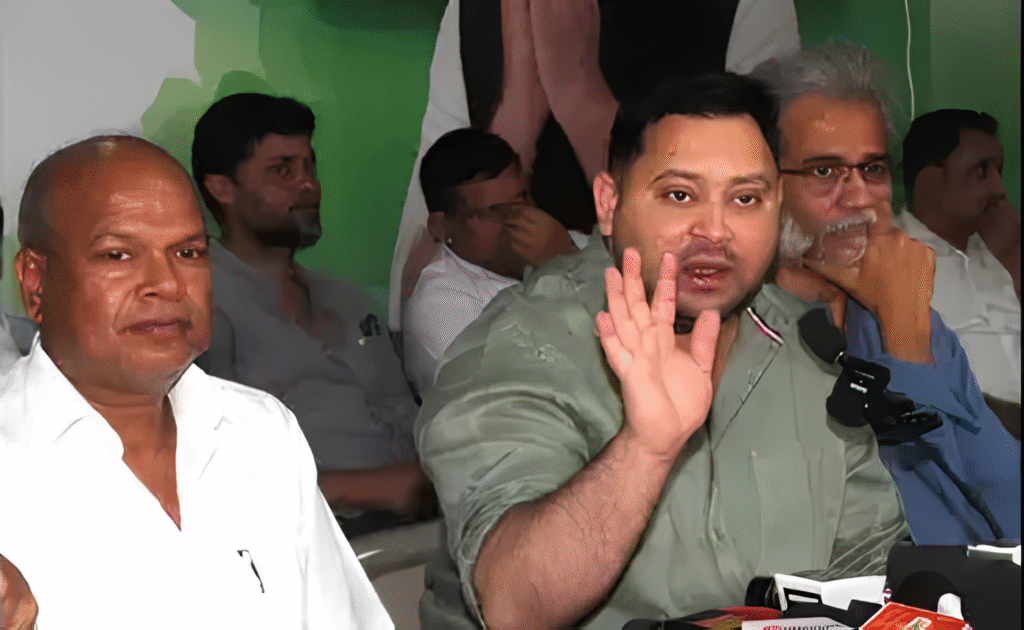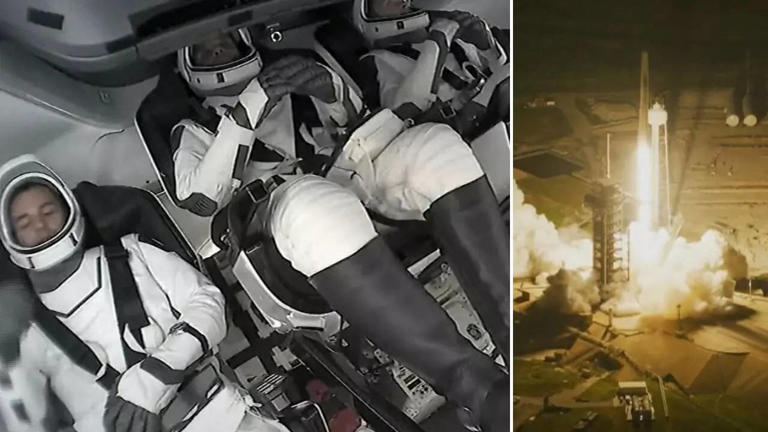How India’s Military Supplies to Armenia Are Redrawing the Strategic Map of Eurasia
Did you know that India—traditionally non-aligned in European conflicts—is now Armenia’s largest defense supplier? In a world of shifting alliances and regional tensions, India’s growing military partnership with Armenia has flown under the radar. But beneath the surface, it’s a significant geopolitical move—one that signals India’s entry into the Caucasus chessboard and a clear response to rising provocations from Pakistan, Turkey, and Azerbaijan.
43% of #Armenia's total arms imports (2022-2024) came from India : SIPRI pic.twitter.com/ottTJ74H9j
— News IADN (@NewsIADN) April 20, 2025
This article explores why India is arming Armenia, what this means in the context of Eurasian politics, and how this defense relationship is reshaping power dynamics—especially in response to the Pakistan-Turkey-Azerbaijan axis that has openly supported Pakistan in recent conflicts. We’ll begin by looking at how this partnership started, then trace its strategic evolution, current implications, and finally, what this means for India’s future in Eurasian geopolitics.
How Did India-Armenia Relations Begin?
India and Armenia have shared warm diplomatic ties since Armenia’s independence from the Soviet Union in 1991. However, the relationship largely remained symbolic—consisting of cultural exchanges and UN cooperation—until recently. The trigger for deeper engagement came from shared geopolitical concerns.
Armenia, a small landlocked country in the South Caucasus, has long been locked in a bitter territorial dispute with Azerbaijan over the region of Nagorno-Karabakh. Its traditional ally, Russia, is now preoccupied with Ukraine, leaving a security vacuum that India has quietly stepped in to fill. Meanwhile, Turkey and Azerbaijan have increasingly aligned with Pakistan, especially during India’s 2019 Balakot strikes and the Kashmir standoff. Their vocal support for Islamabad has not gone unnoticed in New Delhi. As Armenia faced renewed aggression from Azerbaijan, the enemy-of-my-enemy logic found new momentum: India would support Armenia.
How India Became Armenia’s Key Defense Partner
Since 2020, India has significantly ramped up military exports to Armenia, including:
- Akash Surface-to-Air Missiles
- Pinaka Multi-Barrel Rocket Launchers
- Howitzers and Anti-Tank Systems
- Radars and Surveillance Systems
India has signed deal with Armenia for export of missiles, weapon systems & ammunition.
— Anshul Saxena (@AskAnshul) September 29, 2022
India can export indigenous Pinaka multi-barrel rocket launcher (developed by DRDO). pic.twitter.com/bL3xU4KU09
This is not just a commercial arms deal—it is a calibrated strategic move. India’s Ministry of Defence has fast-tracked deliveries, signaling urgency and commitment.
It is also a Direct Response to the Turkey-Pakistan-Azerbaijan Bloc. Turkey supplied military aid, drones, and training to Azerbaijan during the 2020 Nagorno-Karabakh war. Pakistan, meanwhile, voiced political support. This trio—backing each other militarily and diplomatically—mirrors a growing Islamist strategic axis, one that India perceives as a direct threat. India’s defense export to Armenia, therefore, is both symbolic and practical—a countermeasure aimed at rebalancing the region militarily and politically.
India is also investing in the International North-South Transport Corridor (INSTC)—a route linking India to Europe via Iran, Armenia, and Georgia. This trade corridor deliberately bypasses Turkey and Azerbaijan, tightening the India-Armenia bond even further.
Where Do India-Armenia Ties Stand Today?
#India to export ~$250m worth of Rockets/Ammunition to #Armenia.
— Jora (@TheScarmind) September 29, 2022
According to Business-Journal the order includes anti-tank rockets & Pinaka multi-barrel rocket launchers (Range:40-60km) (Pic 3).
Recall in 2020, India sold 4 Swathi (Pic 1/2) Weapon Locating Radars to Armenia. pic.twitter.com/3Up9SYUkQY
India and Armenia have never been closer in terms of strategic cooperation. As of now, India is Armenia’s largest defense partner, having overtaken Russia, which was traditionally Armenia’s primary military supplier. This shift was catalyzed by Russia’s preoccupation with the war in Ukraine, which left Armenia seeking alternative allies. In response, India stepped in with urgency—delivering Akash surface-to-air missile systems, Pinaka multi-barrel rocket launchers, howitzers, and anti-tank systems. These deliveries were not only rapid but also tailored to Armenia’s immediate security needs amid renewed tensions with Azerbaijan.
Beyond defense, India is weaving Armenia into its broader Eurasian strategy. This includes strong support for the International North-South Transport Corridor (INSTC) and Armenia’s Crossroads for Peace initiative—both of which aim to bypass Pakistan- and Turkey-aligned territories for more secure trade routes. Additionally, India has matched its military support with economic actions, such as banning Turkish ground-handling firm Çelebi from operating in Indian airports and discouraging tourism to Turkey and Azerbaijan. These moves indicate a shift in New Delhi’s foreign policy: from cautious neutrality to strategic counterbalancing.
Why This Alliance Matters Globally
India’s defense ties with Armenia show a new assertiveness in foreign policy, particularly in how it deals with hostile groupings. By arming Armenia, India not only supports a friendly nation but also challenges Turkish and Pakistani ambitions in the wider region. The growing partnership gives India a foothold in the Caucasus, a region traditionally dominated by Russia and Turkey. Combined with INSTC and Armenia’s “Crossroads for Peace” initiative, India is shaping an alternative sphere of influence.
India-Armenia Defence Pact Grows as Türkiye, Azerbaijan, Pakistan Form Strategic Axis:
— Anoop Verma (@thecharvaka) May 20, 2025
As regional fault lines harden, India and Armenia are forging a defence partnership rooted in trust, sovereignty, and strategic balance.
From Pinaka rocket launchers to Akash missile systems,…
This Armenia playbook may serve as a template for India’s engagement with other smaller nations—offering defense cooperation, economic aid, and diplomatic backing in exchange for strategic alignment.
India’s growing military and diplomatic ties with Armenia reflect more than just arms deals—they represent a broader realignment in Eurasian geopolitics. As Turkey, Pakistan, and Azerbaijan deepen their trilateral relationship, India is responding with strategic clarity: support your friends, isolate your adversaries, and redraw the map—militarily and economically. This new axis—India and Armenia—signals that India will no longer remain reactive in global conflicts. Instead, it is proactively shaping its regional and global role.





















